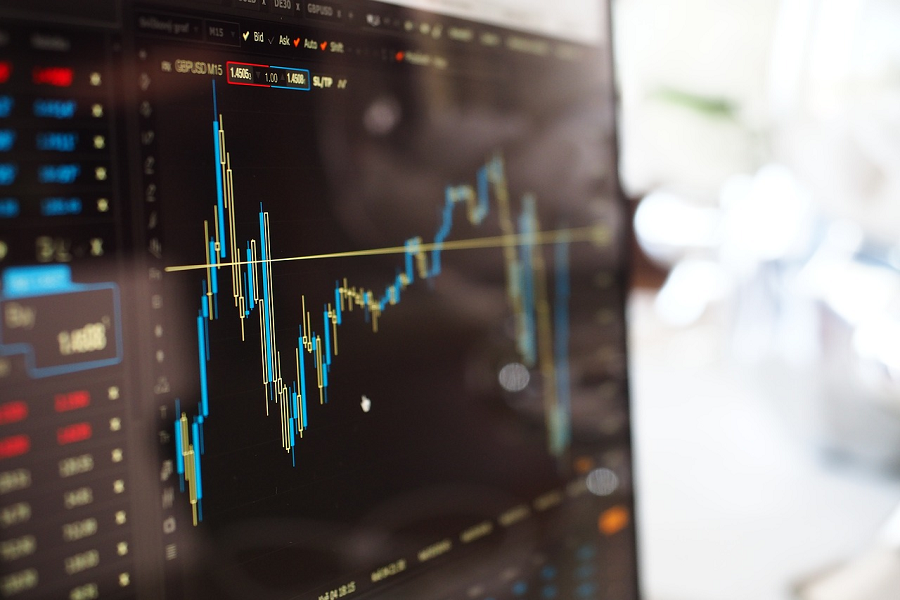If you’re new to CFD trading, you may wonder what it is and how it works. In this article, we’ll explain everything you need to know about CFDs, including what they are, how to trade them, and the risks involved.
We’ll also provide some tips for beginner traders who want to start trading CFDs. So if you’re interested in learning more about this exciting and potentially profitable form of trading, keep reading.
For those looking to dive straight into trading CFDs, you can check out Saxo Bank Dubai for more info.
What are CFDs, and how do they work?
A CFD, or contract for difference, is a type of derivatives trading. It means that you’re not buying or selling the underlying asset (e.g. a stock, commodity, or currency); instead, you’re speculating on the price movement of that asset. For example, if you think the price of gold will rise, you could buy a gold CFD. If the price of gold does indeed rise, you’ll make a profit on your trade. However, if the price falls, you’ll provoke a loss.
The benefits of trading CFDs
CFDs are traded on margin, which means you only need to put down a small deposit (known as margin) to open a position. It allows you to control much larger positions than possible if you trade the underlying asset directly. For example, with a 50:1 leverage ratio, you could control a $10,000 position by only putting down $200 in the margin. However, it’s important to remember that leverage is a double-edged sword that can magnify your profits and losses.
Another advantage of CFDs is that they can be traded on various markets, including shares, indices, commodities, and currencies. It means there’s always an opportunity to profit from price movements in the market you’re watching.
Lastly, CFDs are also convenient because they can be traded online and don’t require the same paperwork as other financial instruments.
How to get started trading CFDs
When you trade CFDs, you first need to choose a broker. Many online brokers offer CFD trading, so comparing their fees and features is essential before selecting one. Once you’ve chosen an intermediary, you’ll need to open an account and deposit funds.
Once your account is funded, you can start trading CFDs. To do this, log in to your broker’s platform and select the asset you want to trade. Then, enter the amount of money you want to invest and choose whether to buy or sell. If you think the price will go up, you buy (or go long). If you think the price will go down, you sell (or go short). It’s as simple as that.
Of course, before you start trading CFDs, it’s essential to understand the risks involved.
What are the risks of trading CFDs?
Like any form of trading, there are risks involved with CFD trading. The most significant risk is counterparty risk, which is the risk that your broker will not be able to meet their obligations to you if you make a profit on your trade. It is why choosing a reputable, and well-regulated broker is essential.
Another risk to consider is market risk. It is the risk that the underlying asset’s price will move against you. The risk can be mitigated by using stop-loss orders, which automatically close your position at a predetermined price.
Lastly, you should also be aware of the fees charged by your broker. Some brokers charge commissions on each trade, while others may charge hidden fees. Make sure you understand all the fees involved before you start trading.
Tips for beginner CFD traders
If you’re new to CFD trading, you can do a few things to minimise your risks and increase your chances of success.
-
Start small–
When you’re first starting, it’s crucial to trade short positions, and this will help you get a feel for the market and how CFDs work before you risk more capital.
-
Use stop-loss orders–
As we mentioned earlier, stop-loss orders can help you limit losses if the market moves against you.
-
Do your research–
Be sure to do your research before you trade. It means understanding the risks involved and knowing what you’re doing.
-
Have a plan–
It’s also essential to have a trading plan, and this should include your investment goals and what you hope to achieve from trading CFDs.
-
Stay disciplined–
Finally, it’s crucial to stay disciplined when trading CFDs, which means sticking to your plan and not letting emotions get the better of you. If you follow these tips, you’ll be well to becoming a successful CFD trader.
